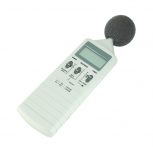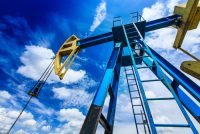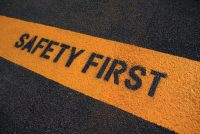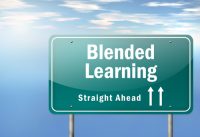Do You Need to Use Personal Noise Dosimeters?
Yesterday, we discussed how to use a sound level meter to perform area noise monitoring as part of your hearing conservation program. Today, we’ll look at when and how to use personal noise dosimetry to characterize worker exposures and determine what hearing protection, if any, might be required. You may need to use personal noise […]










